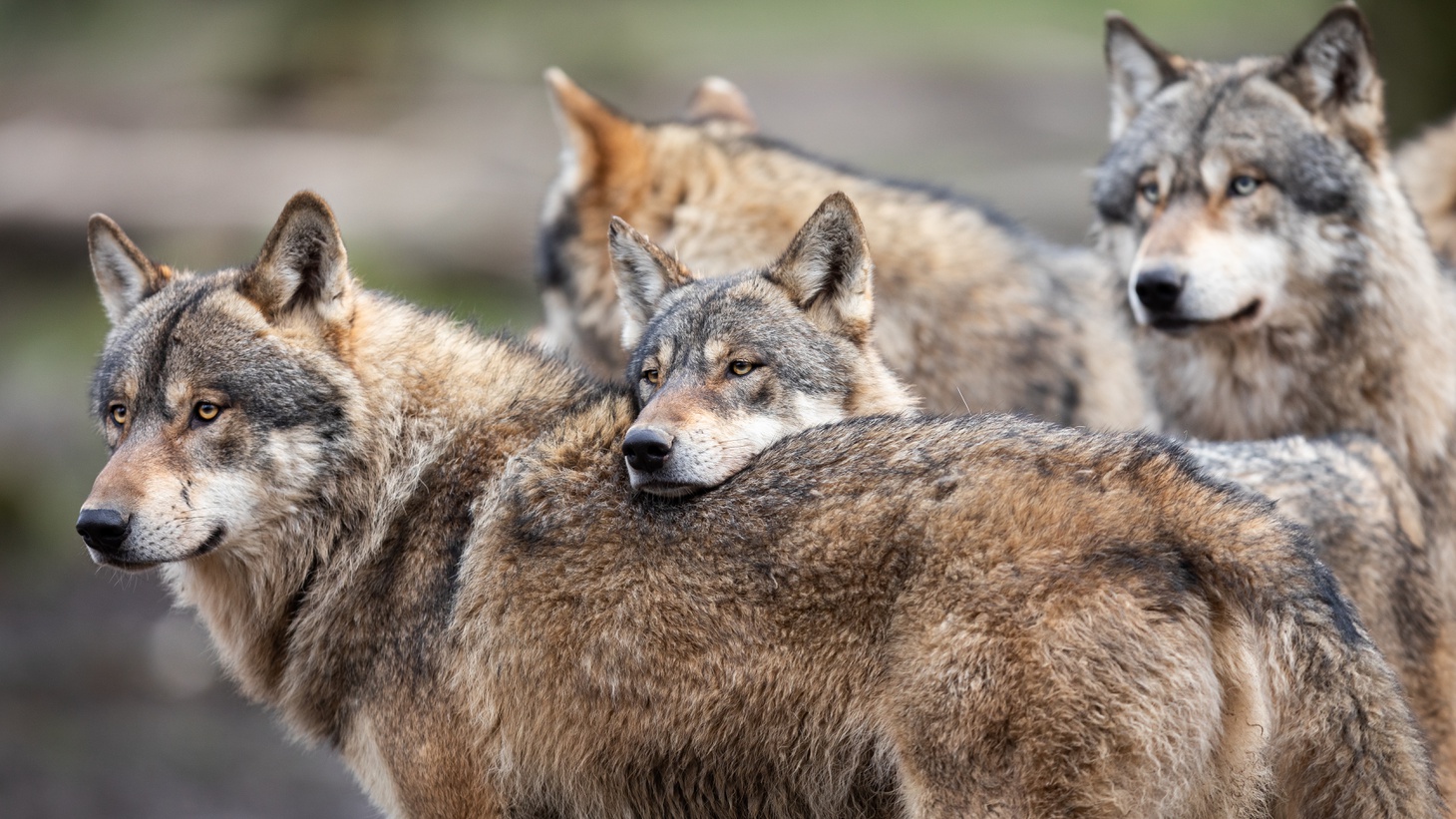Shows like “Planet Earth,” the work of David Attenbourgh, and the amazing photography popularized in magazines like National Geographic have all helped in providing easier access and a deeper appreciation for the wonders and beauty of the natural world.
We’ve become familiar with species both common and rare, local and exotic, from the majesty of a wolf to the strength of an elephant.
But what do we know about how animals feel and communicate? Are they born with innate skills — is it nature or nurture in the animal kingdom? And, considering how much greater the similarities are than the differences between our species, why don’t we treat all living things better?
Author and naturalist Carl Safina has spent his career studying both animals and marine life. A marine ecologist, writer, and founding president of The Safina Center at Stony Brook University in New York, he’s the author of several books, including “Beyond Words: What Animals Think And Feel.”
Delve deeper into life, philosophy, and what makes us human by joining the Life Examined discussion group on Facebook.
Jonathan Bastian talks with Safina about his work and his latest book “Becoming Wild: How Animal Cultures Raise Families, Create Beauty, and Achieve Peace,” in which Safina explores new ways of looking at the natural world and shares stories about the scientific, moral, and social dimensions of our relationship with nature.
“We think, ‘Oh my God, these creatures are so different from us,’ but actually, they’re so similar to us,” Safina says. “Look at whales: They greet each other, they rub up against each other. They breathe air like we do. They just have nostrils that are shaped differently and placed differently. They have milk for their babies, they have flippers like mittens and their hands are in those mittens, because all of the same bones that are in our hands are in a whale or dolphin’s flippers.”
“We tend to have this idea in America that, because of how we live as Americans, nature is some place that has a sign that says ‘nature is here,’” says Carl Safina, pictured here in Uganda. “Well, what about right around your house? Most people don’t know all the birds that migrate through their region.” Photo courtesy of Carl Safina. In “Becoming Wild: How Animal Cultures Raise Families, Create Beauty, and Achieve Peace,” naturalist Carl Safina explores new ways of looking at the natural world.
Safina also shares his thoughts on man’s relationship to the animal kingdom, and how the duality of the Western thought of man versus nature was not always the case. In many cultures and throughout history, there has been a far deeper respect for living things.
Despite his concerns about the planet, Safina is optimistic about efforts in conservation and spotlights those people who are willing to fight to preserve our natural habitat.
“I will always have hope because when it was hopeless earlier in my life, these things turned around, and wherever there is any remaining life, there definitely is hope,” he says. “What should people get behind? Well, what living things need is a place to live, big habitat initiatives, connecting habitat fragments, which is a big part of what’s called restoration ecology — wildlife corridors, which could be bridges and overpasses over freeways.”
